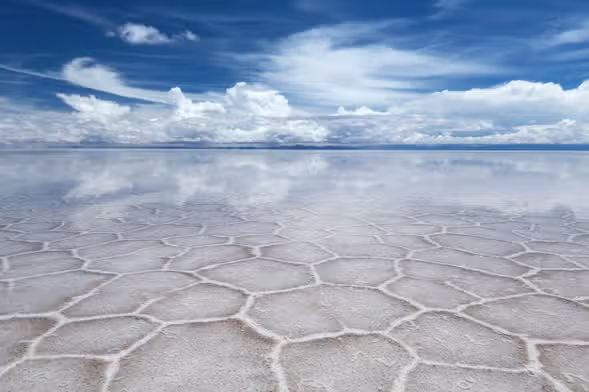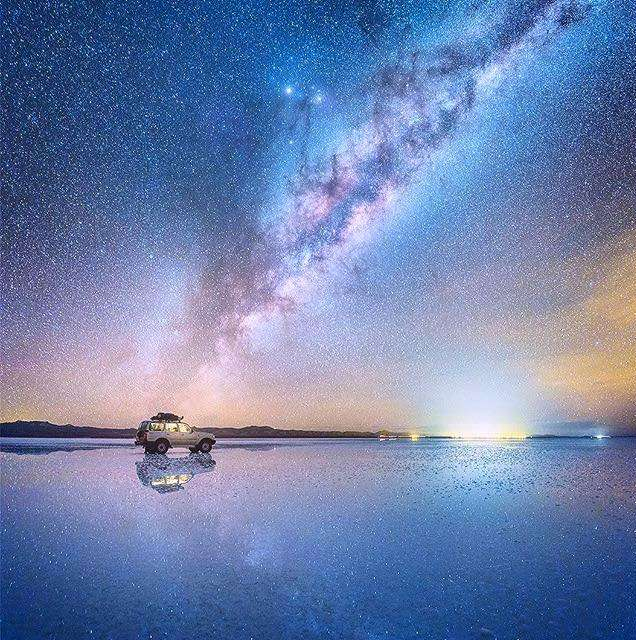
salar de uyuni

Salar de Uyuni, located in southwest Bolivia near the crest of the Andes, is the largest salt flat in the world, spanning over 10,000 square kilometers. Formed from prehistoric lakes that evaporated long ago, the area is now a vast, otherworldly expanse of dazzling white salt crust. During the dry season, the surface becomes a boundless plain of hexagonal salt patterns, while in the rainy season, a thin layer of water transforms the salt flat into a massive natural mirror, perfectly reflecting the sky. This surreal landscape has earned Salar de Uyuni a reputation as one of the most unique and photogenic places on Earth.
Beyond its beauty, Salar de Uyuni holds great scientific and economic importance. It contains an estimated 7% of the world’s known lithium reserves, a key component in batteries. The region is also rich in other minerals and is surrounded by a dramatic environment of volcanoes, hot springs, and colorful lagoons, home to flamingos and other wildlife. The nearby town of Uyuni serves as the main gateway for visitors who explore the salt flats on guided 4x4 tours, often including stops at Isla Incahuasi (an island covered in giant cacti), abandoned train cemeteries, and vibrant mineral lakes in the Eduardo Avaroa National Reserve
Logistics:
Trekking on Salar de Uyuni is not common in the traditional sense due to the vastness and extreme flatness of the salt flats. Most visitors explore the area via 4x4 guided tours, which can last from one to four days, covering distances of up to 500–1,000 kilometers depending on the itinerary. However, short hikes and walks are possible and often included in the tours. These hikes typically range from 1 to 5 kilometers at key stops like Isla Incahuasi, where visitors can hike a short but steep trail (about 1 hour round trip) to enjoy panoramic views of the salt flat and explore the island’s giant cacti.



